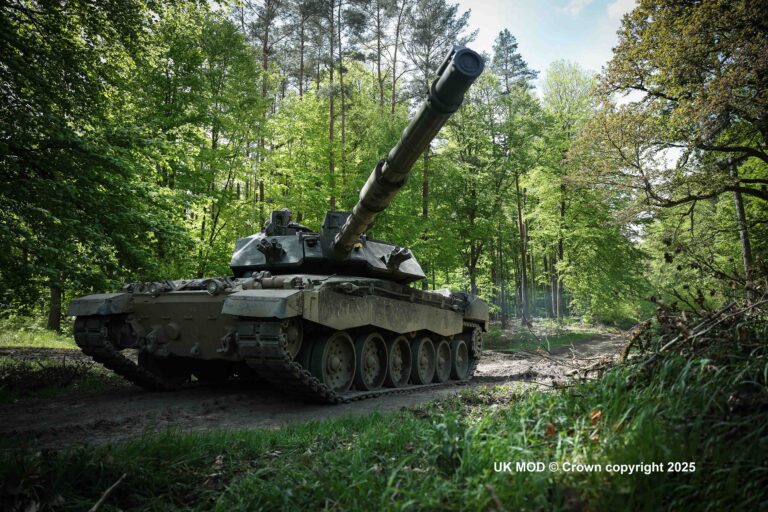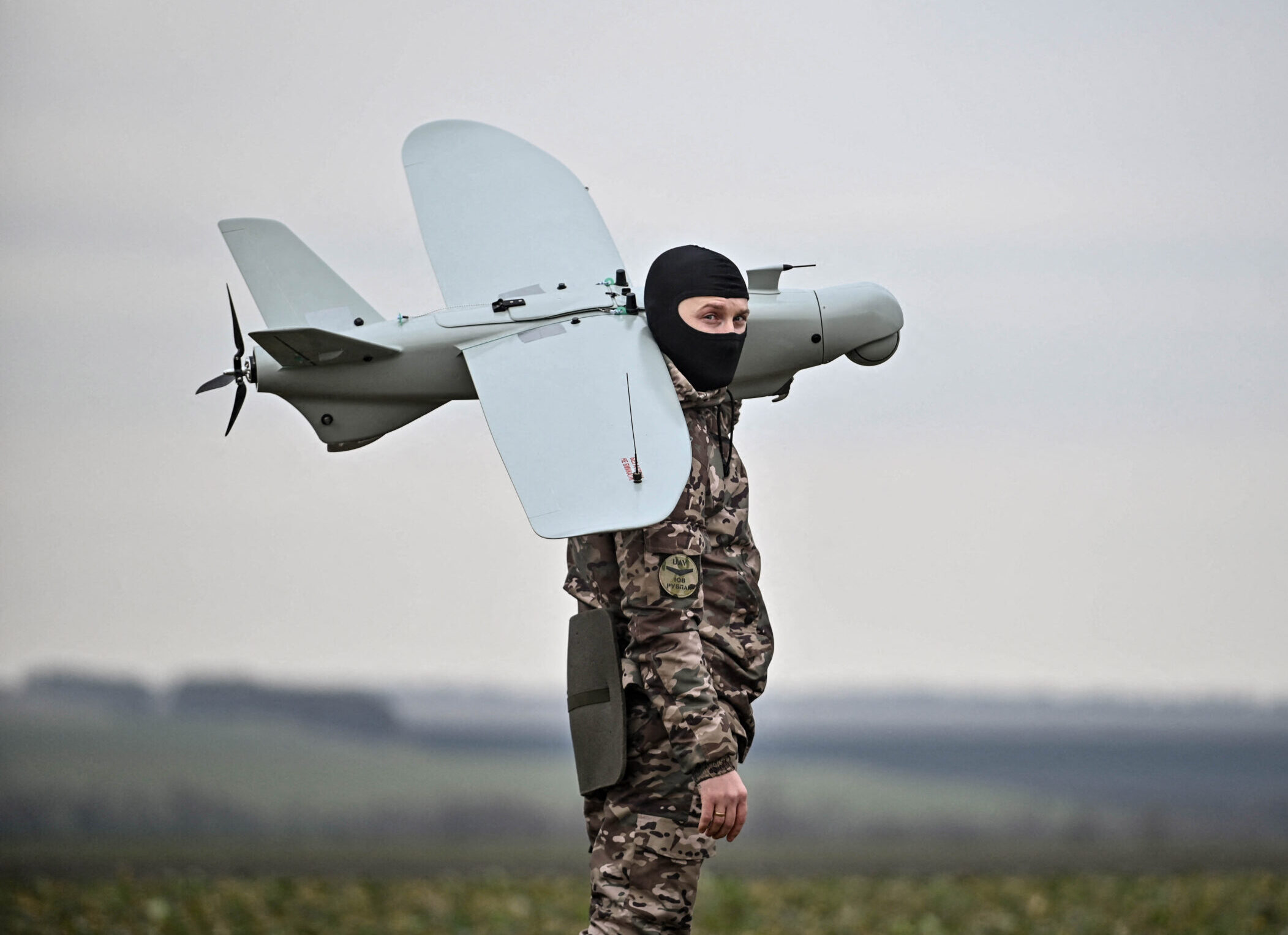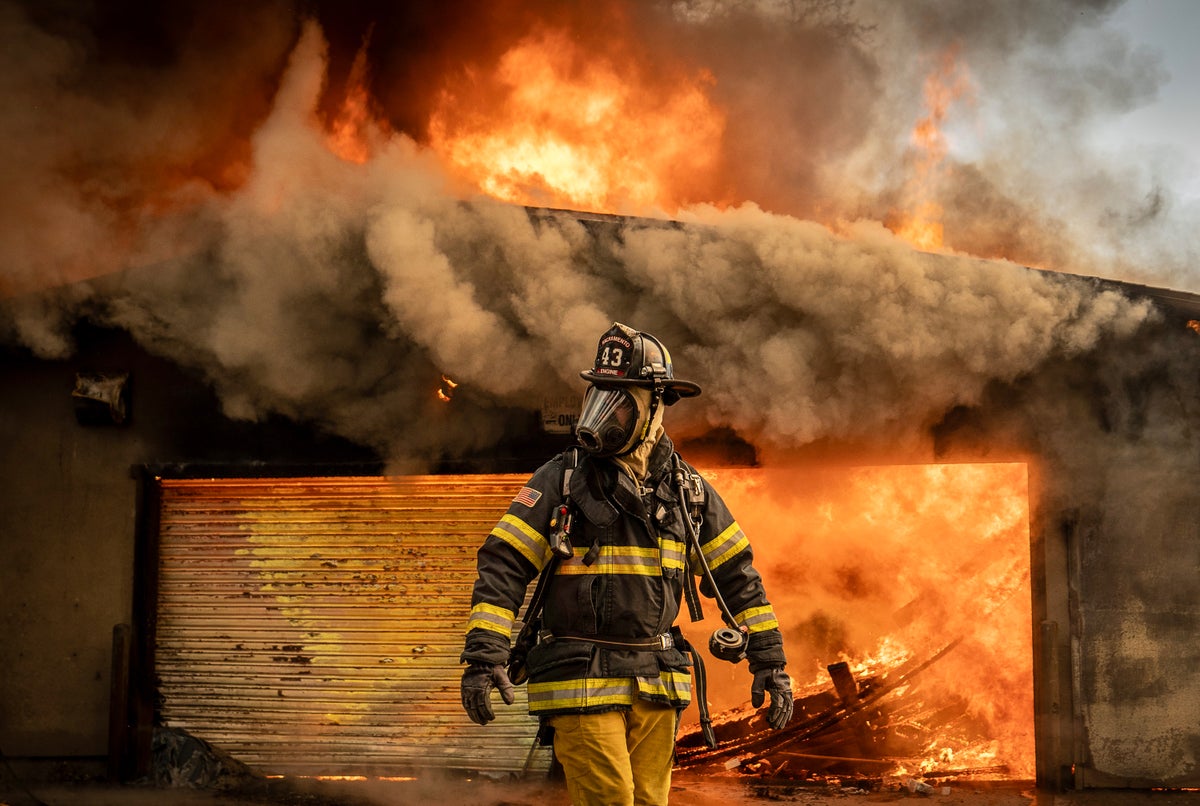World’s longest twin-lane Sela tunnel in Arunachal inaugurated by PM. The tunnel, constructed at a cost of ₹825 crore by the Border Roads Organisation, is strategically crucial as it is close to the Line of Actual Control (LAC), a BRO official said, adding that it would provide all-weather connectivity to Tawang
The Sela Tunnel which was inaugurated by Prime Minister Narendra Modi virtually from Itanagar on Saturday was constructed by 650 personnel and labourers every day for the past five years. It took over 90 lakh man-hours for the execution of the project.
Now with the completion of the all-weather Sela Tunnel, Indian Army will have year-round connectivity between Tezpur in Assam and Tawang in Arunachal Pradesh.
The Sela Tunnel was constructed by the Border Roads Organisation (BRO) on the road connecting Tezpur to Tawang in Arunachal Pradesh at an altitude of 13,000 feet with a total cost of Rs 825 crore. The tunnel will provide all-weather connectivity to Tawang region of Arunachal Pradesh.
“Out of five years it took to complete the project, approximately 762 days had high snowfall or rainfall and 832 days had temperatures below 0° C, creating immense challenges for the personnel executing the work,” a Defence spokesperson here said.
A total of 162 plants and machinery were dedicated to the construction of this tunnel.
Sela Tunnel has been constructed using the New Austrian Tunneling Method (NATM) which is widely accepted and used in the construction of tunnels worldwide, especially for Himalayan Geology. It is based on the Philosophy of “Build As You Go” and involves using the inherent strength of the surrounding rock mass to support the tunnel.
The enormity of the task could be judged by the quantity of 71,000 metric tons of cement, 5000 metric tons of steel and 800 metric tons of explosives that were used for construction.
Various challenges were faced by Project Vartak during the construction of Sela Tunnel, including the challenge of freezing temp up to -10° C and the formation of Icicles inside the tunnel which caused a delay in the concreting process thereby affecting the time plan. Ingress of water during construction & cavity formation affected the progress of work.
Restrictions due to COVID protocol also affected the construction of the tunnel. Due to the cloud burst that happened in July last year, a lot of damage occurred and the resources had to be shifted for reconstruction of these damages.
Sela Tunnel will not only boost the defence preparedness of Indian Armed Forces in Tawang Sector but will also augment the socio-economic development of this border region.
Earlier the route to Sela Pass had only single-lane connectivity and treacherous bends due to which heavy vehicles, container trucks and vehicles with trailers could not get to Tawang. This is now feasible with opening of the tunnel.
In the last one year itself, BRO has completed and dedicated to the nation an unprecedented 125 Infrastructure projects constructed for ₹3,611 cr.
Sela Tunnel will bypass the treacherous Sela Pass at an altitude of 13700 feet. Balipara-Charduar-Tawang Road on which this tunnel has been constructed is an important axis connecting Tawang Region and provides connectivity to the hinterland up to Tezpur. The road had various bottlenecks like Nichephu, Bomdila Town and Sela Pass, which have been addressed by BRO by the construction of Sela and Nichephu Tunnels and Bomdila Bypass. 500 m long Nechiphu Tunnel was inaugurated and dedicated to the nation on September 12, 2023, by Defence minister Rajnath Singh.
The foundation stone of Sela Tunnel was laid by PM Modi on February 9, 2019. The construction of the tunnel commenced on April 1, 2019, and the first blast took place on October 31, 2019.
“The tunnel has been completed in just five years overcoming challenges of difficult terrain and adverse weather conditions,” the Defence spokesperson said.
“The Sela Tunnel System consists of two tunnels of lengths 1003 m and 1595 m respectively with 8.6 km approach and link roads constructed for Rs 825 crore,” he said.
“The second tunnel also has an escape tube adjacent to the main tunnel as per international norms. The escape tube constructed parallel to the main tube is connected with cross passages after every 500m. In case of emergency, this escape tube can be used for the movement of rescue vehicles and evacuation of stranded people. The tunnel has been designed for a traffic density of 3000 cars and 2000 trucks per day with a max speed of 80 km/hr,” he also said.
“Sela Tunnel will ensure all-weather connectivity to Tawang and forward areas bypassing the Sela top which will not only facilitate smoother movement of troops and supplies but also reinforce our defence capabilities in the region. Sela Tunnel will also herald a new era of economic prosperity for the Tawang region, fostering trade, tourism, employment and overall development,” he further said.
Earlier the route to Sela Pass had only single-lane connectivity and treacherous bends due to which heavy vehicles, container trucks and vehicles with trailers could not get to Tawang.
Moreover, due to adverse weather conditions, specifically, in winter, evacuation of patients was adversely affected along the existing Sela Pass. All this is now feasible with the opening of the tunnel.
The completed Sela Tunnel System will reduce the travel distance by more than eight km and travelling time by an hour. This Tunnel will improve the quality of life of the people living in the region, by providing easier access to healthcare, education and essential services in the region.
Even with these challenges, BRO was able to complete the tunnel in less than five years due to the efficient use of technology, the ground experience of executives and the hard work of civilian labour involved in the construction.
The Sela Tunnel Project has been constructed with the highest quality standards with a well-prepared Quality Assurance Plan, prepared strictly as per IRC SP 91 and MoRTH Guidelines. The tunnel has state-of-the-art safety features. The tunnel has a ventilation system to maintain air quality and a state-of-the-art electro-mechanical system including a jet fan ventilation system, fire fighting devices, CIE norms-based illumination system and SCADA-controlled monitoring systems.
BRO has always been at the forefront of the development of the border region of the Nation. In the last three years, BRO has completed and dedicated to the nation a record 330 infrastructure projects constructed at the cost of ₹8,737 crore. Recently, the government has allocated ₹6,500 crore under GS Capital Head for FY 2024-25 against ₹5,000 crore in FY 2023-24.



















Discussion about this post